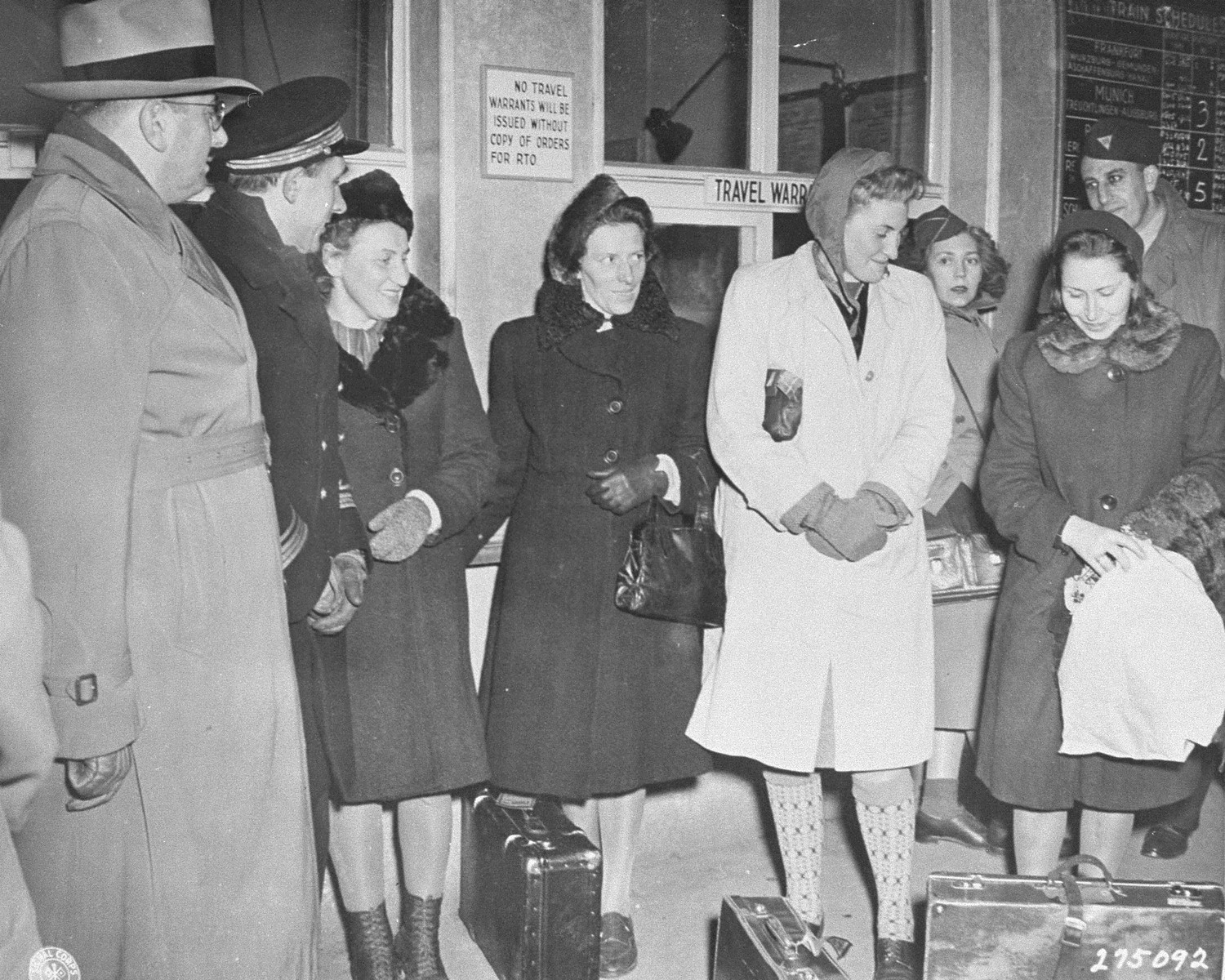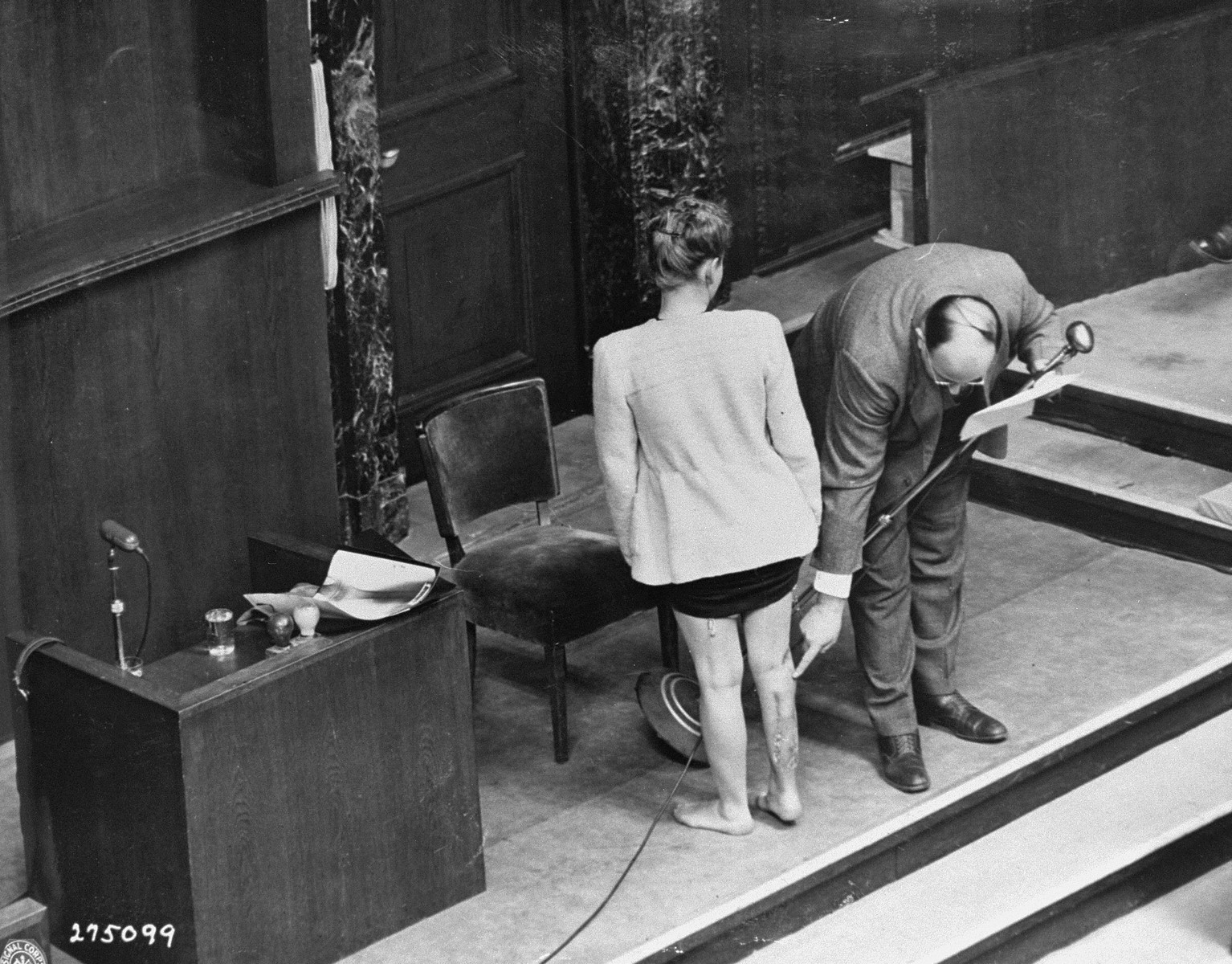The Charges
Case number one of the Nuremberg trials pursued criminal charges against 23 leading German physicians and medical administrations for crimes against humanity and war crimes.


The prosecution felt obligated to expose why and how the medical crimes that had happened so that the Nazis would not be “a spreading cancer in the breast of humanity”. Rudolf Höss, director of the Auschwitz extermination camp, was among those charged in the trials. He testified while being on trial, confirming his supervision of the extermination of over 1.1 million people. Interestingly, Höss stated that he sympathized with his victims, but continued the killings because he was obeying strict orders (1).
However, the doctors’ actions and experiments were not ones that they thought of lightly. They were not an assortment of unrelated crimes. They planned each experiment and operation carefully among one another, creating a criminal conspiracy that aimed to kill the population that the Nazis thought were unworthy.

After the testimonies of 85 witnesses were told, the trial was over. The American judges announced their verdicts on August 20th, 1947. Sixteen doctors were found guilty. Seven doctors were acquitted. Another seven were sentenced to death and were executed on June 2nd, 1948 (2). The remaining nine doctors were sentenced to prison. Their counts included conspiracy, war crimes, crimes against humanity, and membership in a criminal organization.
Stackelberg, Roderick, and Sally Anne Winkle. The Nazi Germany Sourcebook: An Anthology of Texts, Routledge, London, 2004, pp. 315–335.
“The Nuremberg Trials: The National WWII Museum: New Orleans.” The National WWII Museum | New Orleans